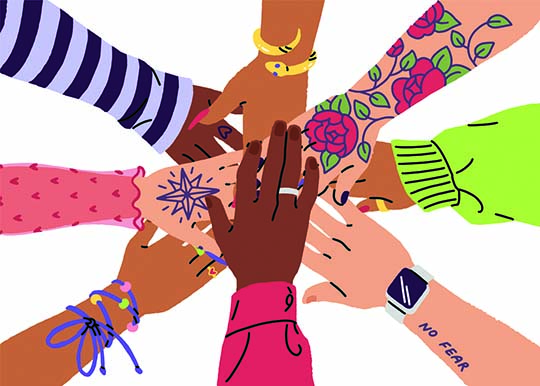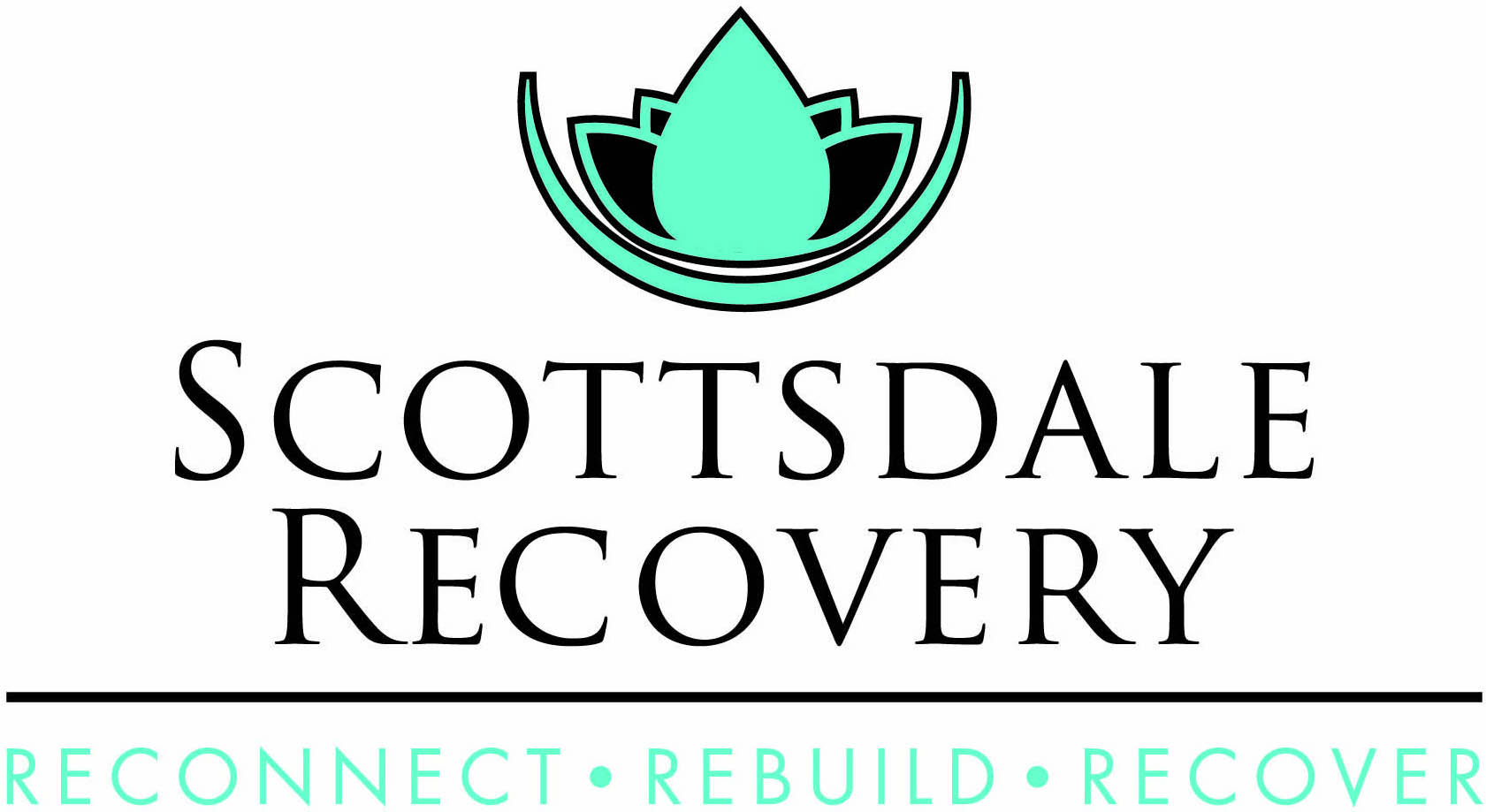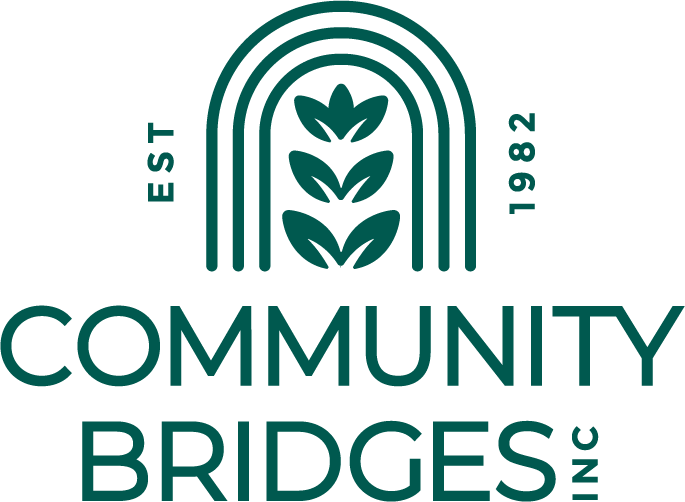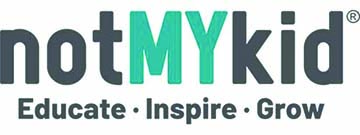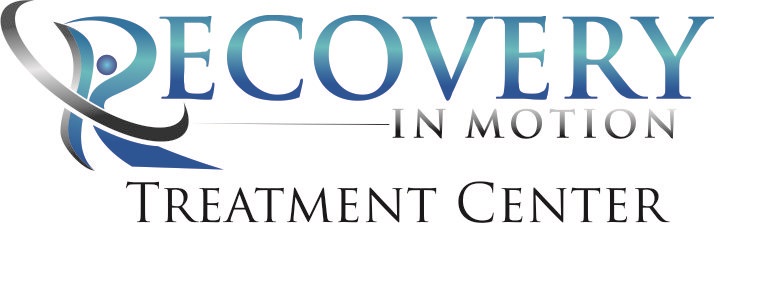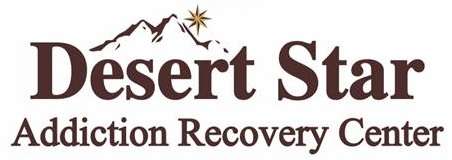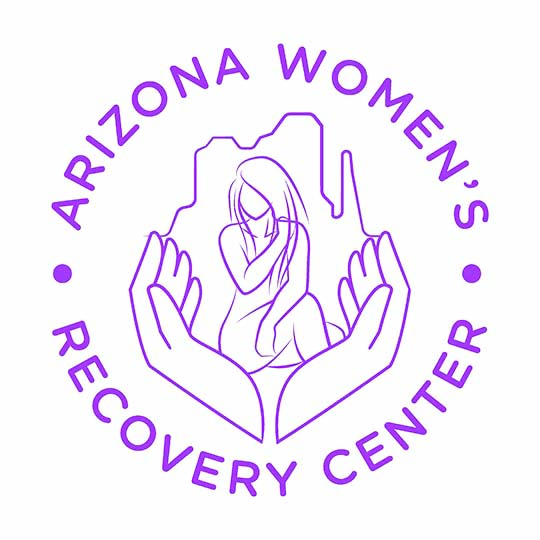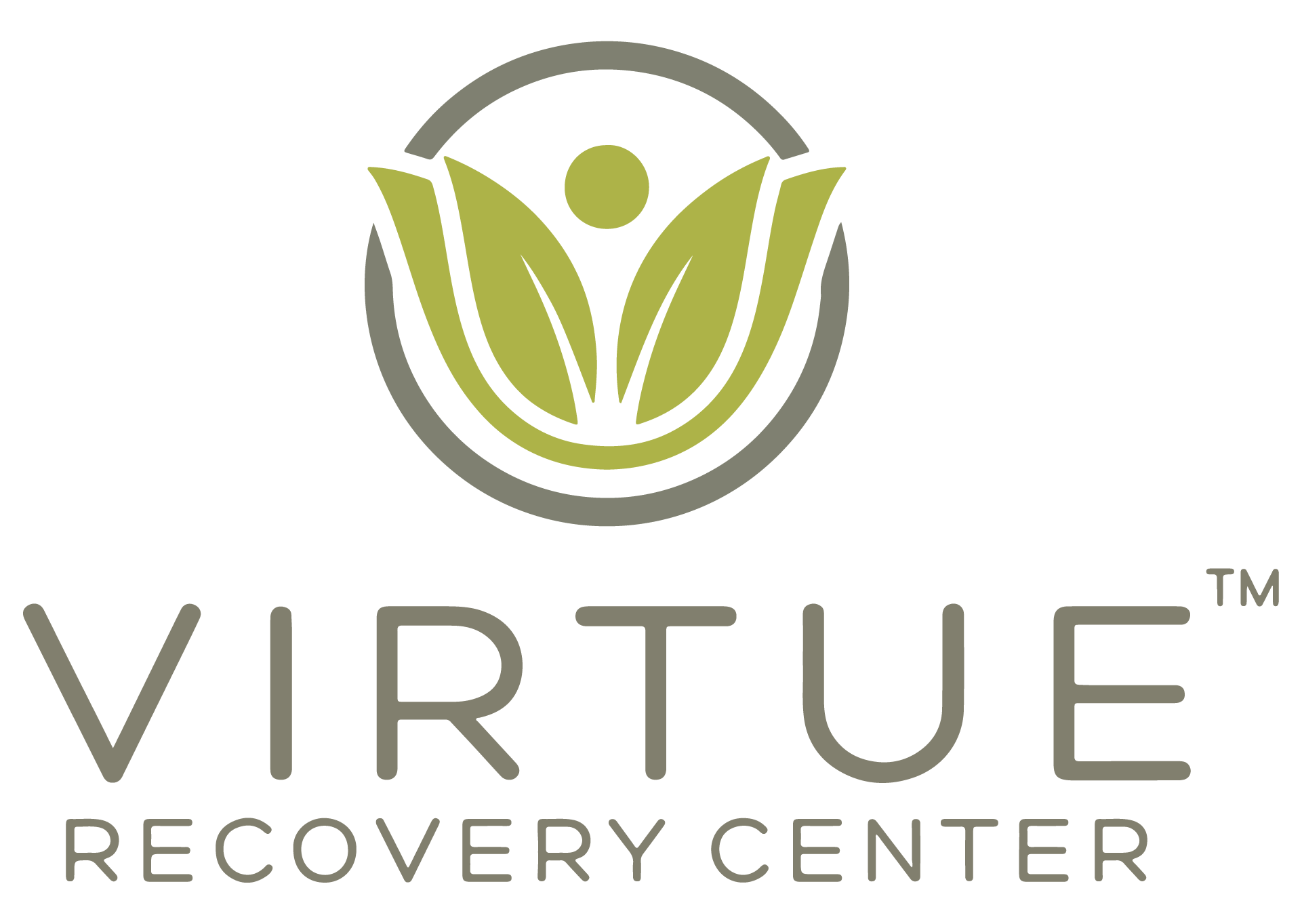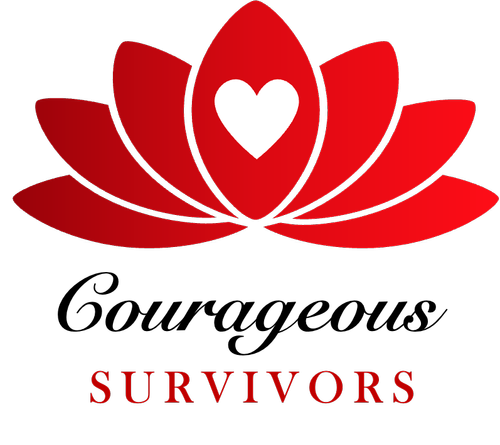Adapted from newly released Unspoken Legacy (Part 2)Claudia Black, Ph. D., Senior Fellow of The Meadows and Clinical Architect of the Claudia Black Young Adult Center at The Meadows For many...
Adapted from newly released Unspoken Legacy (Part 2)
Claudia Black, Ph. D., Senior Fellow of The Meadows and Clinical Architect of the
Claudia Black Young Adult Center at The Meadows
For many years Cognitive Behavioral Therapy (CBT) has been considered the gold standard of therapy. It is a short-term, goal-oriented psychotherapy treatment that takes a hands-on practical approach to problem solving. Its goal is to change the underlying patterns of thinking or behavior that contribute to people’s difficulties and thus change the way they feel as well.
Together, the therapist and client explore the client’s personal story, with the therapist asking the client questions and inviting him or her to explore certain memories, feelings, and beliefs.
In the hands of wise therapists, talk therapy can be extremely helpful. However, it’s essential to understand that talk therapy alone is not sufficient for healing trauma. To heal your trauma, you will need to engage both the traditional and nontraditional modalities of therapy, as trauma needs to heal in both your body and your brain.
Trauma therapy today is often thought of as a top-down, bottom–up approach. The top-down refers to the work that occurs via the prefrontal cortex (PFC). Remember, this is the logical thinking and reasoning part of our brain. CBT and other more traditional forms of talk therapy occur with the working of the PFC. Yet, it is difficult to access the prefrontal cortex when you are in a trauma response as the nervous system is dysregulated and the limbic system is on fire.
Bottom–up therapy is the work you do that regulates the nervous system (brainstem) and calms your limbic system. Grounding techniques such as yoga and meditation combined with more nontraditional therapies regulate both your autonomic nervous system and limbic system where talk has no impact. When your brain stem is regulated you have a larger perspective and develop an internal capacity to feel safe and calm. So a calm brainstem is the doorway to successfully working with the emotional and cognitive parts of the brain. Healing needs to occur from both a sensory and cognitive capacity.
Typically, trauma therapists combine some form of talk therapy with a combination of grounding practices and body mind connection therapies. Trauma work most always involves a combination of approaches best suited to each individual client. They range from Eye Movement Desensitization and Reprocessing (EMDR), to Somatic Experience therapy, neurofeedback, energy psychology, action based roles plays and many more.
While everyone’s experience of healing is unique and can involve many different healing approaches, the healing process involves moving into and through seven different layers of healing. While each layer naturally leads to the next, none of them has a hard-and-fast boundary. At times you may find yourself in two or three layers at once; occasionally, you may need to briefly circle back to a previous layer in order to continue moving forward.
Layer One: Grounding
In order to heal, you first need some inner stability. You also need to learn healthy ways to soothe yourself and feel safe in your own skin. These practices can help you manage your feelings, both when you experience pain in the present and when you examine painful events from your past. These practices are called grounding skills. These are teachable, learnable, tried-and-true tools to help your nervous system regulate and limbic system stay (or become) calm, especially when you’re feeling strong emotions such as fear, pain, guilt, or anger. These skills create a solid foundation for your prefrontal cortex to do its work, to be the CEO it was meant to be.
Grounding is a necessary foundation for the six layers of healing that follow it. But grounding is not something you move into, through, and out of. These skills are essential parts of every layer of healing, and you will practice them throughout your entire healing process. In fact, as you will discover, you will continue to use some of the grounding practices for the rest of your life.
As you explore your story in the second layer of the healing process, painful feelings will naturally arise. Grounding skills will help you stay calm, focused, and alert so that you can feel these emotions fully, process, tolerate, and if appropriate—when ready—let them go.
Grounding skills aren’t rocket science. In fact, you may already practice some of them. Many of them are fun, pleasurable, or rewarding, and most are free or inexpensive.
Grounding skills aren’t meant to be used once or twice. Ideally, they are regular practices you integrate into your life. Many people do one or more of these practices every day. You can also use any or all of them when you feel you are losing your focus, your serenity, or your inner stability.
Some common forms of grounding include:
- Martial arts (qi gong, judo, karate, tae kwon do, etc.)
- Tai chi, Yoga, Meditation
- Creating art (painting, sculpting, drawing, photography, etc.)
- Crafting (needlepoint, woodworking, origami, bead making, quilting, paper making, etc.)
- Dancing, Singing or chanting
- Writing (including journaling and creative writing, poetry, etc.)
- Physical exercise
- Gardening, Spending time in nature
- Acupuncture
- Playing or working with an animal
- Doing crossword puzzles or Sudoku
- Coloring, Knitting
Layer Two: Exploring the Narrative
At your own pace, with some grounding and stability in your life, your next task is to explore the history of your trauma. As a part of this process, you will ask yourself and begin to answer questions such as, “What happened that hurt me?” and “What didn’t I get that I needed?” These kinds of questions will help you undo denial, acknowledge your trauma, and recognize and grieve your losses. These will set the stage for putting the past behind you, placing it in a larger perspective, and moving forward. This will not mean forgetting the past; it will mean no longer allowing the past to dictate how you live your life. It will mean letting go of an old, painful script and discovering new choices and greater freedom.
Layer Three: Moving into Your Emotions
There is a good reason why many people avoid facing and healing their trauma: they know the process will hurt, and they don’t want to feel that emotional pain. But if they are living with unhealed trauma, they are already hurting, day after day—and may have been hurting for months, years, decades. They fear the emotional pain will be unbearable or they will go crazy and do something foolish or violent. As frightening as that is, the fear is often greater than the reality.
Many people have survived by cutting themselves off from many of their emotions—by making themselves partially numb. They don’t just fear a spike in pain; they’re afraid a tsunami of all kinds of feelings will drown them. If these are your fears, you must do your work with a therapist, whose job is to create safety, to provide emotional support, and to guide you safely through the healing process. A therapist can both pace you and work with modalities that do not require “catharsis,” a strong emoting of feelings so often associated with therapy.
It’s important to know your feelings are a normal part of you; they are here to guide you, not hurt you. Emotions are neither right nor wrong; they simply describe your internal experience in the moment. They serve as an internal barometer.
Feelings are an important part of who you are, but they neither rule you nor define you. If you have been cut off from certain emotions for a long time, when you begin to re-experience them they may seem foreign or unsettling or confusing. This is normal. Remind yourself that you have kept those emotions at bay for years. Now you are learning a healthier way to experience them.
Layer Four: Connecting the Past to the Present
As your healing progresses, you will need to ask yourself this important question: “How does my trauma affect me today?”
As you explore this topic, I suggest you also consider these more detailed questions:
- How does my trauma affect who I am as a spouse or romantic partner?
- How does it affect who I am as a parent?
- How does it affect who I am at work?
- How does it affect who I am in my friendships?
- How does it affect how I feel about myself?
Layer Five: Uncovering and Challenging Internalized Beliefs
As a result of your unhealed trauma, you may operate according to a belief system that you developed long ago. Today, this may determine much of what you do, think, and decide, often without your being aware of it. These beliefs may have helped you survive when you were young, but now they no longer serve a useful purpose. In fact, they probably get in the way of how you would like to live your life.
To begin this layer of your healing process, I ask you to reflect on these questions.
- What beliefs have I internalized as a result of my trauma?
- How did those beliefs hurt or restrict me when I was young?
- How did those beliefs help me when I was young?
- How do they hurt or restrict me now?
- How do those beliefs help me now?
- How do they help, hurt, or restrict other people who play important roles in my life now?
- Which of these beliefs do I want to keep?
- Which ones do I want to get rid of?
- What different beliefs do I want to live by instead?
Layer Six: Learning New Skills
Your trauma did not make you helpless or useless. In spite of it, you learned a wide range of important life skills. Maybe you became a highly creative problem solver because you were often presented with situations that were difficult to handle. Maybe you became a skilled and efficient cook because if you didn’t prepare meals for yourself and your younger siblings, none of you would have gotten fed. Maybe you learned to listen thoughtfully and carefully because if you didn’t do exactly what you were told, you would be punished. The good news is that you get to keep all of those useful skills. As you heal, you can choose to keep those parts of yourself that you appreciate or feel are valuable; however, there are probably many life skills you did not learn. Some of these may be skills other people are routinely taught and take for granted. For instance, you may have trouble saying no or seeing options or choices available to a problem or being able to relax and kick back for several days in a row. Meanwhile, the people around you have no trouble doing the things you find so challenging. This isn’t because there is something wrong with you or because you’re inadequate in some way. You simply did not learn those particular skills when you were growing up. Your parents probably did not model them for you; in fact, they may have modeled (or demanded) different actions entirely.
The problem with not being taught some common life skills is that you may move into adulthood feeling like you are an imposter. In many everyday situations you may feel confusion or performance anxiety. Then you may try to hide that performance anxiety from others, fearing that if your missing skills are discovered, you will be ridiculed, fired, or shamed. You may also spend a great deal of time and energy manipulating your environment—and sometimes the people around you—so that no one discovers (or even suspects) your limitations.
Layer Seven Creating Your Own Narrative
I conclude my book Unspoken Legacy with this last layer, guiding you through the process in a writing exercise where you have the opportunity to create a positive narrative of your recovery and healing. The act of writing in response to the structure posed is enormously inspiring and empowering. As you come back periodically to your narrative you will steadily build resilience and hope, strengthening your healing and recovery.
Your task now is to live that rewritten story by accepting the truth of your past, feeling the pain of healing, and moving through it into a more connected, more serene, more joyous future.
Unspoken Legacy is available on Amazon.com
Claudia Black Ph.D. is a renowned addiction author, speaker and trainer — internationally recognized for her pioneering and contemporary work with family systems and addictive disorders. In addition, her groundbreaking treatment program at the Claudia Black Young Adult Center is focused on treating complex addiction and mental health issues faced by youth, ages 18-26. These young adults struggle with unresolved emotional trauma, addictions, or have a dual diagnosis. Because Claudia is passionate about helping young adults overcome obstacles and strengthening families, she remains actively involved with the treatment team, the patients, and their families.
She is also a Senior Fellow at The Meadows Treatment Center, the nation’s premier program for treating trauma, alcohol, sex and drug addiction, as well as panic and anxiety disorders, post-traumatic stress disorder, codependency, depression, bipolar disorder and eating disorders. Visit www.claudiablack.com and www.themeadows.com. For immediate needs call 866-424-5476.


